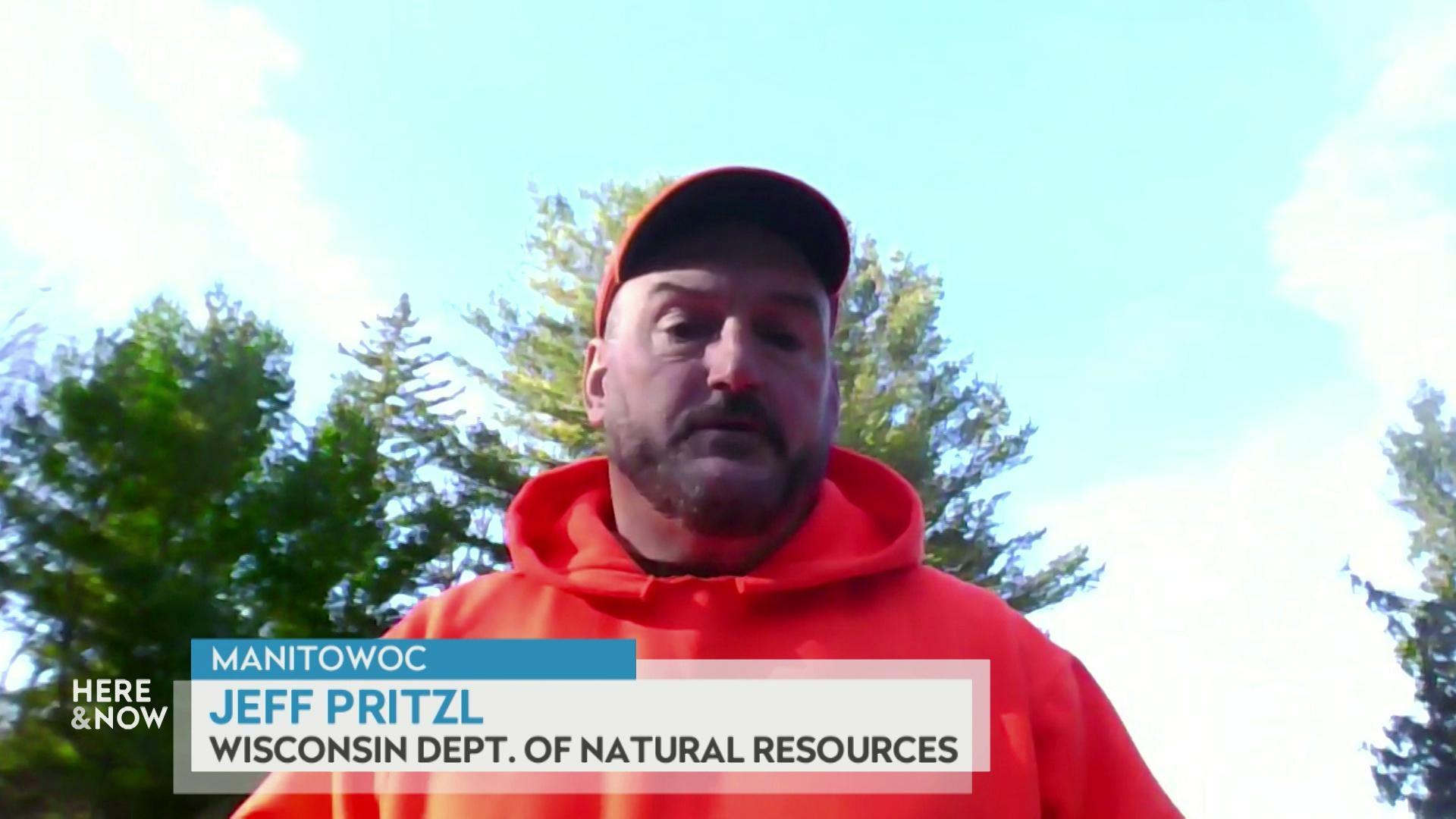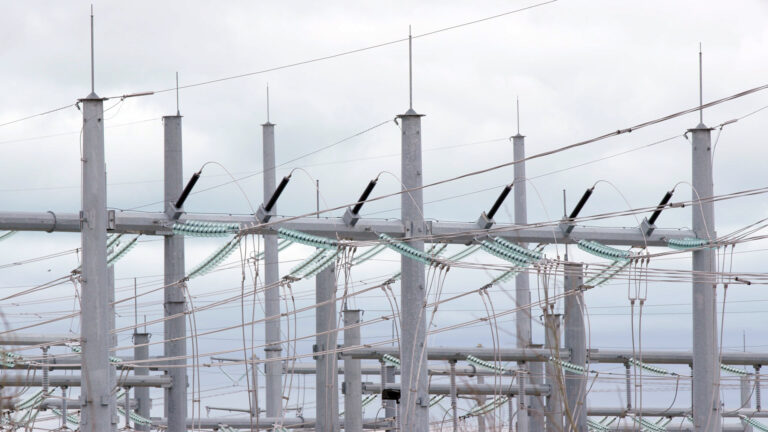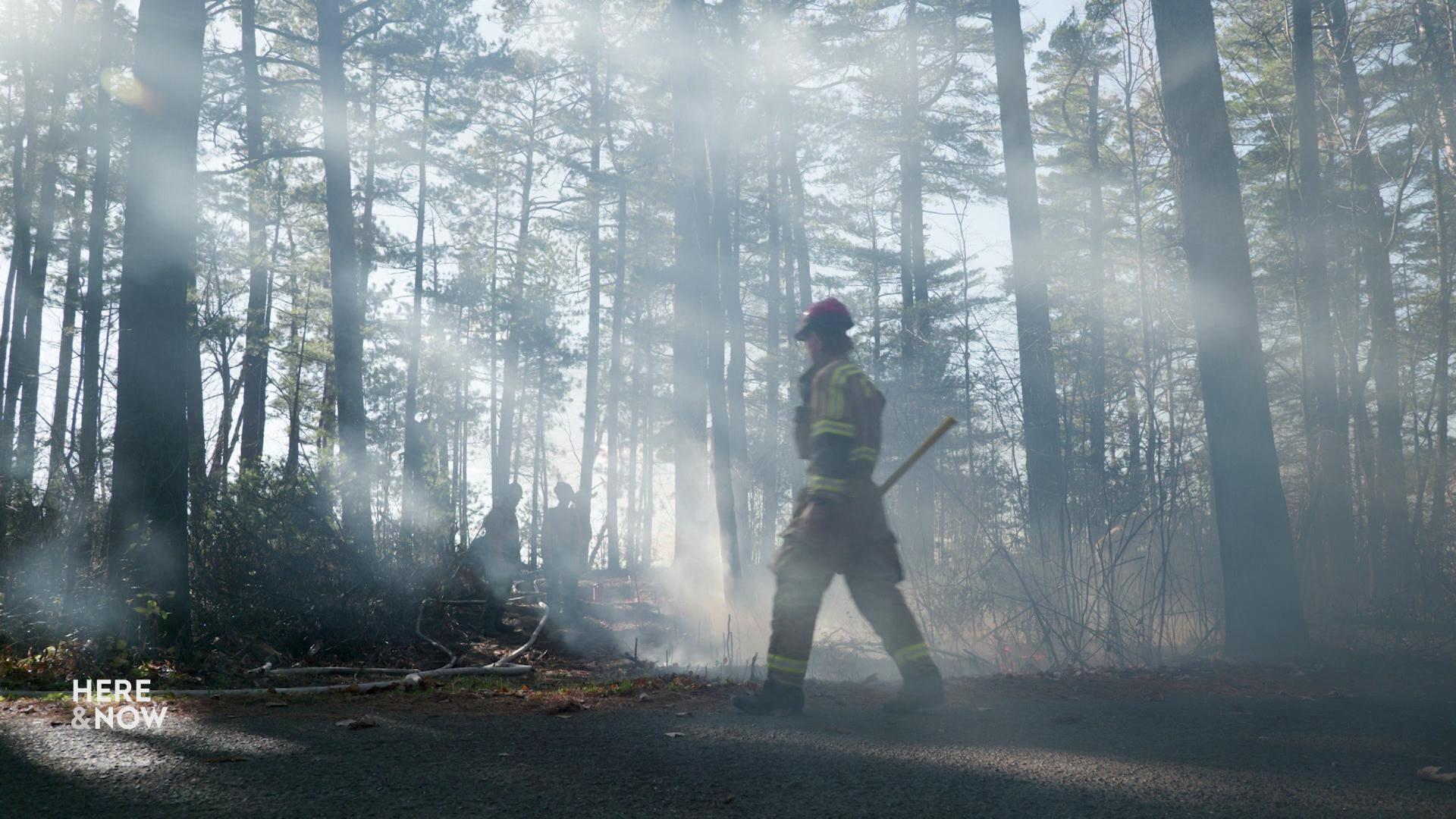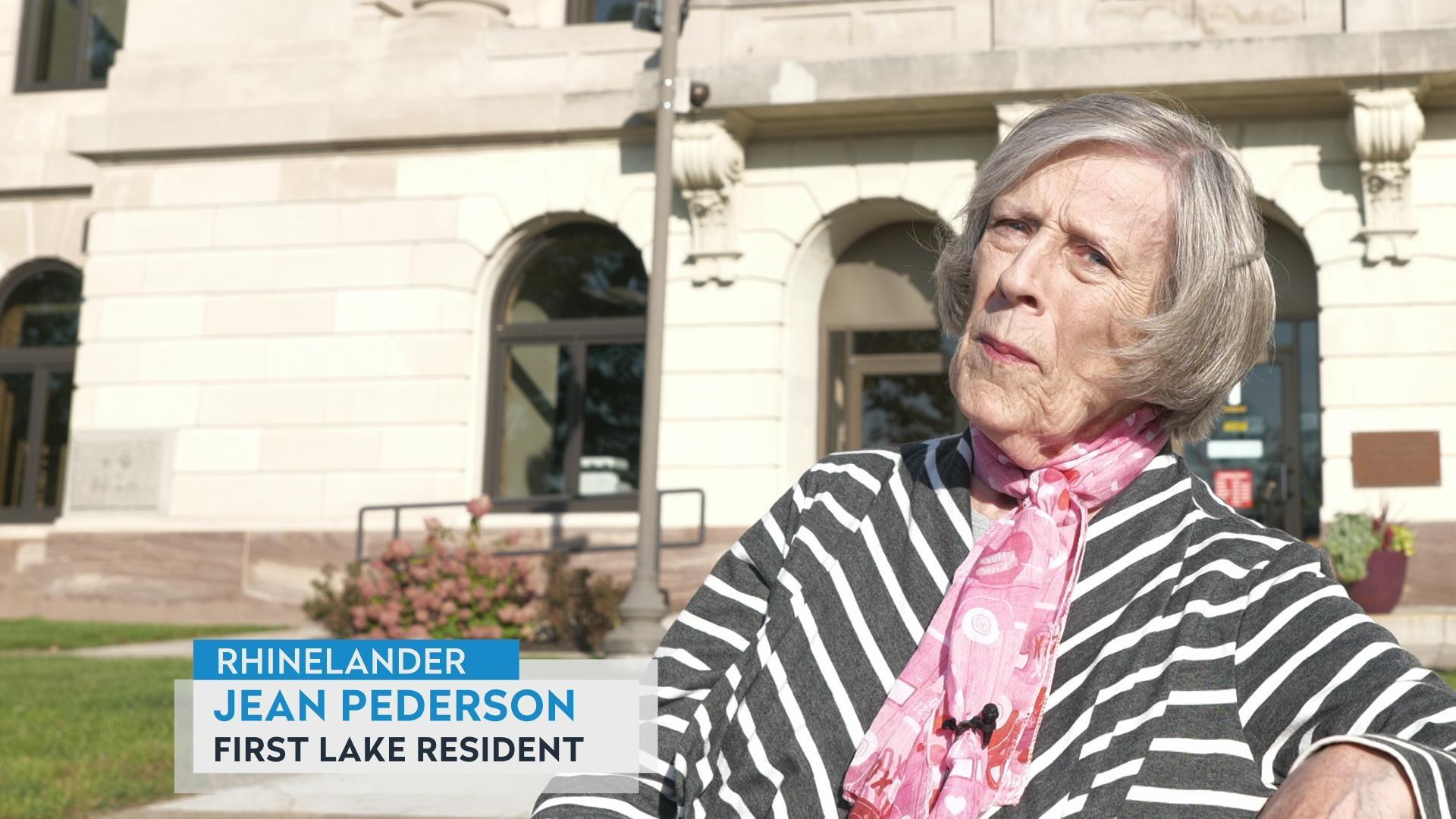Fast Facts: Milwaukee and Green Bay's declining winter ice
Climate scientists are observing winter temperatures rise faster in two Wisconsin cities, as Lake Michigan's waters freeze later and less reliably, raising risks to costs of lakeside infrastructure.
By Nathan Denzin | Here & Now
January 31, 2023
Temperatures outside might be cold, but for two Wisconsin cities, the average winter temperature has increased more than almost anywhere else in America.
Part of the climbing temperature comes from Lake Michigan, which has seen a decline in ice coverage over the last 50 years.
However, Wisconsin’s coast isn’t the only area with quickly rising thermometers. The northwest part of the state has seen warmer winter days than southern Wisconsin — a trend that is expected to continue for decades.
With rising temperatures come significant ecological concerns.
Without an ice buffer on Lake Michigan, winter waves are more likely to crash into shorelines, speeding up erosion and damaging infrastructure.
Turning to the middle of the state, warmer weather will eventually mean less snow, which will harm wildlife like the snowshoe hare, which relies on snow for camouflage.
Without drastic change, experts say Wisconsin will warm by up to 8 degrees Fahrenheit this century.
 Passport
Passport











Follow Us